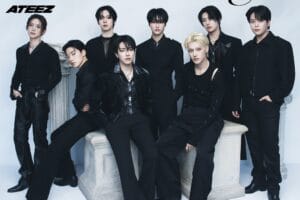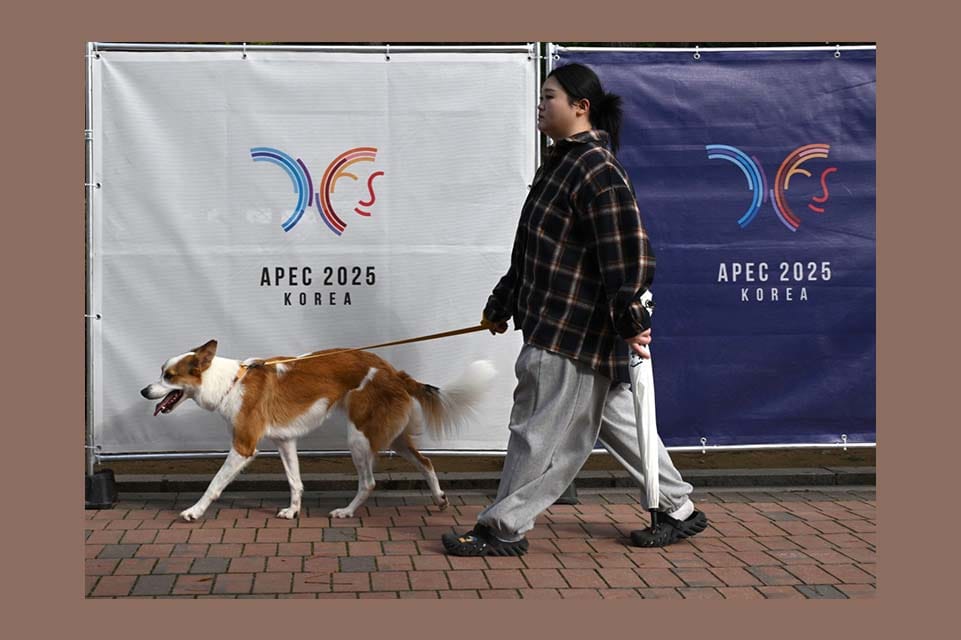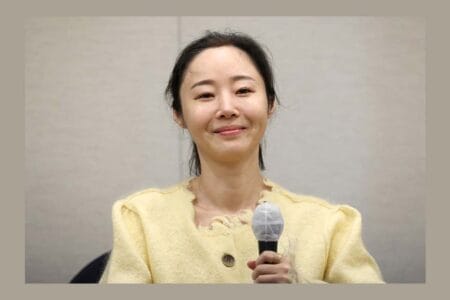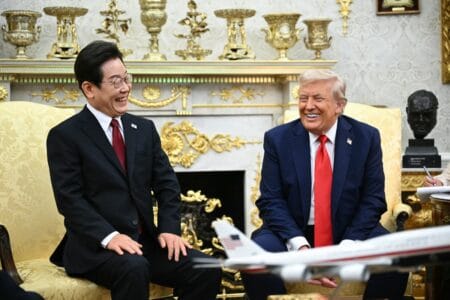October 28, 2025
GYEONGJU – As South Korea welcomes leaders from across the Asia-Pacific region to Gyeongju, North Gyeongsang Province, this week, the Asia-Pacific Economic Cooperation summit is shaping up to be more than just another economic gathering. With the United States, China, Japan and other regional powers in attendance, the forum is expected to move beyond economic dialogue and serve as a testing ground for strategic diplomacy among the world’s largest powers.
For Seoul, the summit offers both an opportunity and a test.
It allows South Korea to showcase its diplomatic agility amid rising global polarization, while also positioning itself as a bridge between Washington and Beijing. For the world’s major economies, the meeting may provide a rare chance for face-to-face engagement as global tensions simmer — at a time when relations are strained by trade disputes, in contrast to what APEC strives for. The world is also watching closely for any unexpected developments on the Korean Peninsula, beyond the host city of Gyeongju. The following are five key developments to keep an eye on.
The APEC summit will serve as the first meeting between US President Donald Trump and Chinese President Xi Jinping since Trump’s return to the White House in January, marking a rare convergence of the two superpowers amid rising tensions over US threats of “reciprocal” tariffs and China’s control of rare earth exports.
The two are expected to confront a range of sensitive issues: Washington’s expanded export controls on advanced semiconductors, Beijing’s tightening of rare earth exports and the unresolved US-China tariff war that originated during Trump’s first term.
While a major breakthrough is unlikely, the summit could signal how the powers intend to manage tensions in an increasingly fragmented global landscape — with South Korea caught in the middle.
They are reportedly likely to hold their summit Thursday in Busan. Local reports say they were considering the reception hall of Busan’s Gimhae International Airport, known as Naraemaru, as the venue, considering the leaders’ movements and security arrangements. Trump leaves South Korea on Thursday while Xi arrives the same day.
South Korean President Lee Jae Myung and Trump are scheduled to hold their second summit Wednesday on the sidelines of the APEC meeting in Gyeongju, amid expectations that the two leaders could finalize a long-negotiated tariff agreement.
While Trump described the deal as “very close,” a senior South Korean presidential official said Monday that the likelihood of reaching a final agreement appears low.
The proposed deal centers on Trump’s demand for a $350 billion investment package from Korea in exchange for tariff concessions, which Seoul is said to be resisting, countering that any large-scale financial commitment would need to be accompanied by an unlimited currency swap arrangement with the US.
Failure to reach a deal could have consequences for Korea’s key industries, including the automobile sector, which could face a 25 percent tariff under existing rules. Despite the uncertainty, Seoul hopes to demonstrate progress toward a broader economic and technological alliance with Washington.
The official added that, although not on the formal summit agenda, both sides appear to agree on issues related to alliance modernization — including Seoul’s cost-sharing burden for US forces in Korea, potential troop reductions and Washington’s stance on expanding Seoul’s right to reprocess nuclear fuel.
North Korea is likewise expected to be discussed, with the two leaders likely to coordinate their messaging in response to recent provocations, including Pyongyang’s recent ballistic missile launches.
President Xi’s long-awaited state visit — his first to South Korea in over a decade — comes just weeks after he appeared alongside Russian President Vladimir Putin and North Korean leader Kim Jong-un at a Victory Day parade in Beijing. The image of the Xi-Putin-Kim trio has fueled talk of an emerging bloc, increasing pressure on Seoul’s diplomatic balancing act.
The South Korean government views Xi’s visit as an opportunity to stabilize high-level dialogue with Beijing. The two sides are expected to address North Korea’s nuclear issue, as well as stalled bilateral economic cooperation — including efforts to roll back China’s ban on Korean cultural products imposed since the deployment of the US missile defense system THAAD in 2016.
Lee’s meeting with Xi, who is visiting South Korea for the first time in 11 years, is scheduled for the afternoon of Nov. 1, following the official handover ceremony of the APEC chairpersonship.
Xi’s visit comes amid rising public hostility toward China in South Korea, fueled in part by Seoul’s recent extension of a visa-free entry program for Chinese tourists. Some conservative critics have argued that the move could allow potential criminals to enter the country unchecked. Beijing, meanwhile, has not offered reciprocal measures.
As Trump visits South Korea for the first time since his return to White House early this year, the possibility of renewed Trump-Kim diplomacy looms large. Trump on Monday reiterated that he “would like to meet” Kim again, fueling speculation over whether a direct or symbolic message will be sent during the summit.
However, expectations for a surprise encounter remain low. North Korean Foreign Minister Choe Son-hui — a key figure in past summits between Trump and Kim — is on a visit to Russia and Belarus, suggesting Pyongyang is not prepared for high-level engagement at this time.
Still, observers in Seoul note that a surprise visit by Trump to the inter-Korean border area, including the Demilitarized Zone and Panmunjom, cannot be ruled out, given his past record of stage-setting diplomacy. His previous visit to Panmunjom in 2019 — where he briefly crossed the inter-Korean border to meet Kim — remains a precedent he could seek to echo.
South Korean officials say there are no concrete plans for US-North Korea talks but that preparations are underway “for all scenarios.” A well-timed statement from Trump — either inviting dialogue or warning against further provocations — could shape the diplomatic tone for the remainder of the year.
The South Korean government aims to produce a “Gyeongju Declaration” to wrap up the summit — focusing on digital innovation, demographic change and supply chain resilience. As the APEC summit is primarily an economic forum, the declaration will serve as a barometer of members’ commitment to collective action in an increasingly fragmented trade environment.
But questions remain about its real-world weight, given rising protectionism across member economies. Officials are reportedly mediating the final wording between key players. Whether the declaration reflects consensus or simply glosses over friction will shape perceptions of Korea’s success as the APEC chair.







